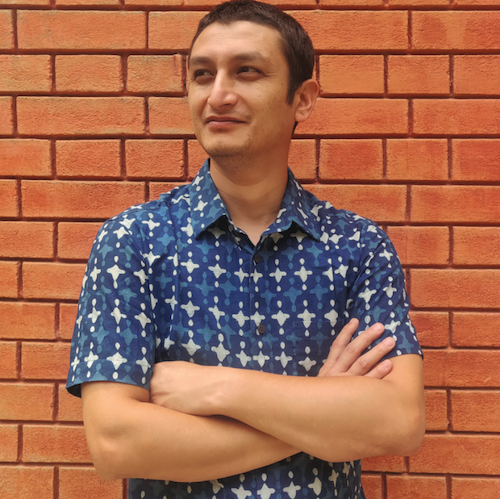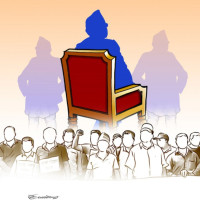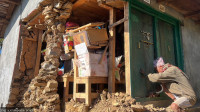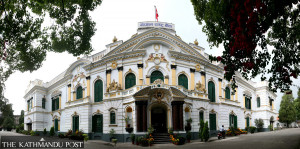Columns
A caper in Kathmandu
The city’s lanes and characters have already attracted some great fictional detectives from across the world.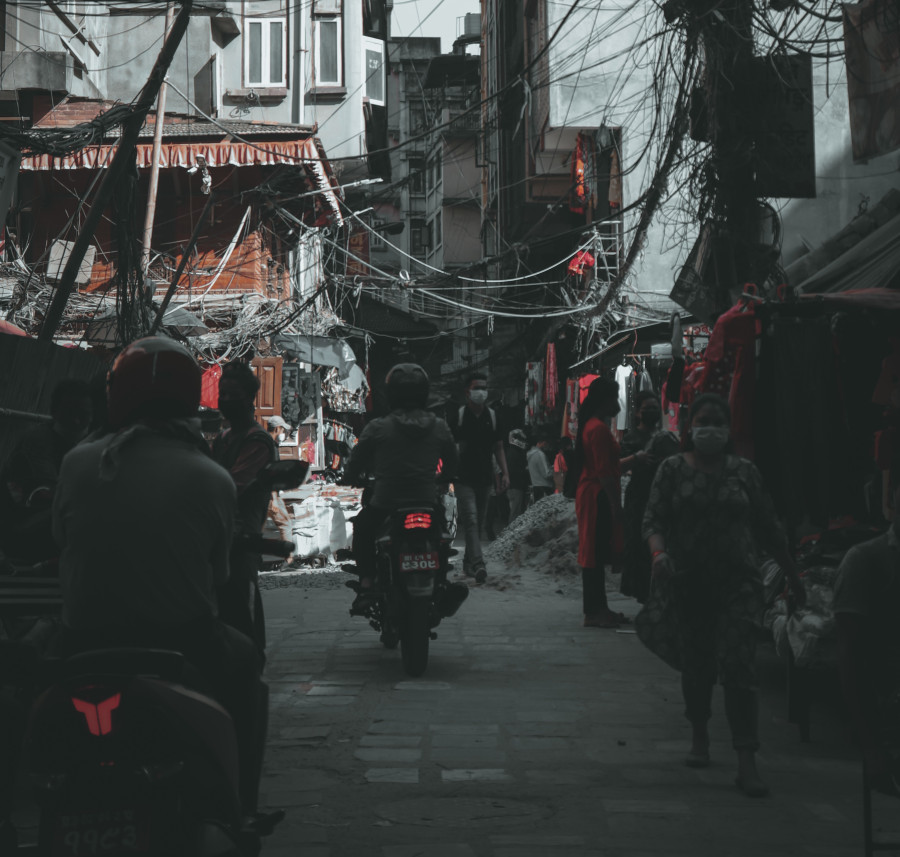
Amish Raj Mulmi
Many years ago at the Jaipur Literature Festival, I sat on the lawns with a noted crime fiction writer as we discussed the many transformations the genre had undergone. Crime writing has come a long way since the days of Sherlock Holmes and Hercule Poirot; the detectives continue to work their ‘little grey cells’, but the genre is no longer just about who committed the murder. Instead, the best crime writing today goes beyond the crime itself to tell readers about societies and personal psychologies, too.
My friend the crime writer had a most interesting observation to make about Kathmandu: the city—whose cosmopolitanism is built on decades of intermingling between politicians, diplomats, spies, art dealers, mountaineers, Yeti hunters, smugglers, INGO-wallahs and journalists—can be the perfect setting for a sprawling crime epic. We immediately began to imagine a layered spy story, along the lines of Frederick Forsyth’s Cold War sagas and John Le Carré's Smiley novels, that took a reader through Thamel’s narrow lanes on a cold winter night, shadowing a shady double agent amid the mist and the neon lights of a Friday evening. Then, as Toni Morrison once said, ‘If there's a book you want to read, but it hasn't been written yet, then you must write it’, my friend the writer suggested, ‘Why don’t you write it?’
I had to excuse myself and beat a hasty retreat. Reading fiction, and writing it, are entirely discrete of each other; a good reader does not always make for a good writer. A decade later, I am yet to come across that elusive spy fiction set in Kathmandu. I may be wrong, but Nepali writing too does not have many examples of crime fiction; could we see a Nepali detective sometime in the future? We’ve got heady imaginations after all; we turned a spy thriller by an ex-Indian intelligence official into an official account.
A few authors, however, have already sent their detectives to Kathmandu. Some weeks ago, I wrote about one of them: Professor Ted Riccardi Jr, who brought the world-famous detective Sherlock Holmes to the Valley when Bir Shumsher ruled it. The mysteries Holmes solved in the city may not be part of the official canon, but does that really matter? For, just as my writer-friend and I had imagined, Holmes too went about Kathmandu’s alleyways and temples, solving Licchavi-era crimes and political conspiracies, and discovering there is more to the city than just the greenery of the Valley.
It took a long time—almost eight decades, to be precise—for the next detective to make his way to Kathmandu. This time, it was a Bengali man, accompanied by his cousin and a bestselling author-friend, all three of whom were born from the mind of perhaps one of the greatest storytellers ever—Satyajit Ray.
Ray was not just an auteur; he also wrote prolifically—his ghost stories are eerie to boot, and his science fiction stretches the limits of imagination (it has been alleged that Steven Spielberg lifted the story of ET from one of Ray’s stories). But among all his fictional creations, it is Prodosh Chander Mitter, aka Feluda, who stands out. Feluda is the quintessential private eye, in equal parts a homage to Holmes and an original South Asian detective, solving crimes of passion with the same elan as cracking old puzzles about hidden treasure. Ray published 35 Feluda stories in various Bengali magazines from 1965 till 1995, and sent his fictional trio of Feluda, his nephew Topshe and the author Lalmohan Ganguly aka Jatayu to several cities around India and the world to solve crimes, including a trip to Kathmandu in 1980.
In Joto Kando Kathmandute (translated as ‘The Criminals of Kathmandu’), Feluda comes to the city to solve a mystery around spurious drugs, and meets up with his old nemesis, Maganlal Meghraj. In between, we are introduced to a city that was a hippie paradise at the time, and in between the chases and the murders, Ray sends one of his characters on a (psychedelic) trip. The story has been adapted to screen twice by Ray’s son Sandip Ray. In the 1986-87 television series, the noted actor Shashi Kapoor plays Feluda, while a Bengali film was made in the mid-90s, which, sadly, only whet one’s appetite for more Feluda stories. Ray, however, seemed to know Kathmandu well; in Hatyapuri (‘The House of Death’), published in 1979, the mystery hinges around the illicit sales of old manuscripts from Nepal.
After Feluda, however, one must again jump to the 21st century to welcome another detective to Kathmandu—this time, it would be a Thai detective. British author John Burdett’s fictional Thai inspector Sonchai Jitpleecheep lands up in Kathmandu in the fourth book of the series aptly titled The Godfather of Kathmandu. I’ve written in detail about Burdett’s haunting and evocative series elsewhere; for this column, what must suffice is the extraordinary adventures his detective experiences in the city, which lives up to its reputation as the place where east meets west, and tantric Buddhism meets modern narco-capitalism. I won’t spoil the book by revealing much, except to say Burdett really gets his descriptions right—including the foul miasma of the polluted Bagmati—but also reduces the city to orientalist perceptions.
A quick search on Google tells me about books titled The Cobra King of Kathmandu (which seems to be a young adult adventure tale) and Down and Out in Kathmandu: A Backpacker Mystery (which sounds like something one would readily find in a Thamel hostel). Beyond these, however, I cannot recall other books that explore the city’s myriad ways through the lens of crime writing. Perhaps it’s time someone picked up the gauntlet thrown by my author-friend, and set about to write a magnum opus of crime set in this Valley.




 17.12°C Kathmandu
17.12°C Kathmandu